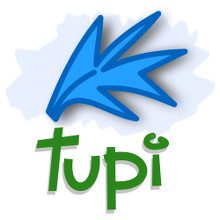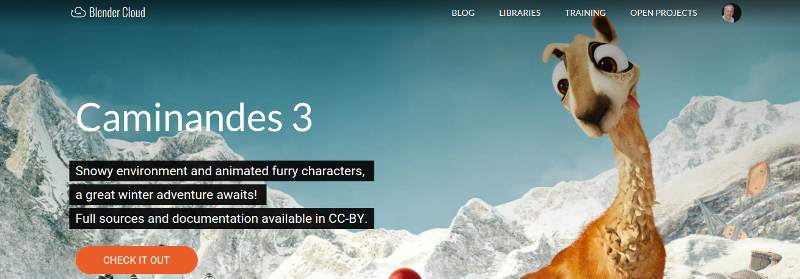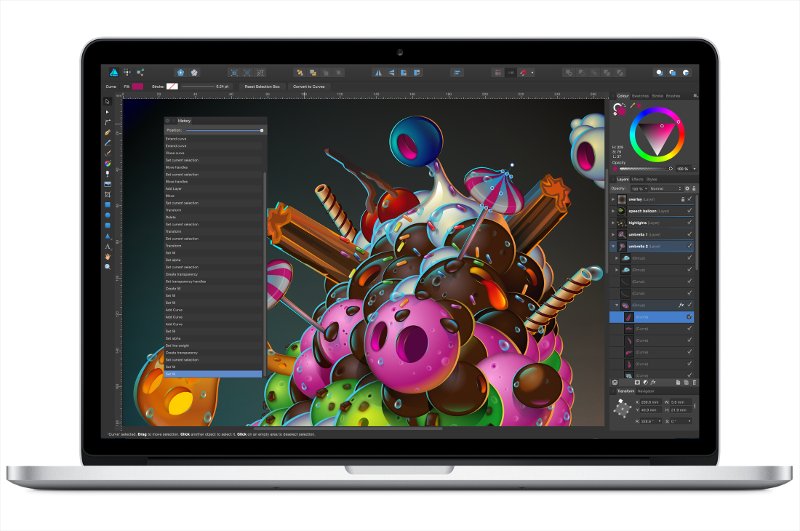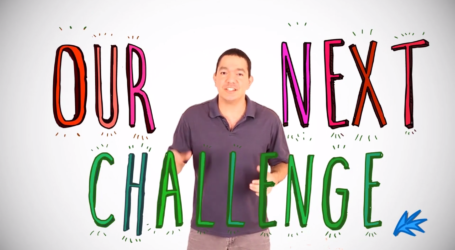2015 Adobe Offsetting: Year in review
So closes another year for Adobe Offsetting. Every month for the past two years I’ve given money to Free & Open Source Software (FOSS), kickstarters, online resources, and software companies instead of maintaining a subscription to Adobe’s Creative Cloud. I’ve focused my giving on FOSS as much as possible. Open source tears down the economic barriers that prevents people from accessing technology and knowledge, offering a more even playing field in the world of tech.
Give what you get
What most people don’t understand is that FOSS needs money to develop and pay employees just like closed software giants, Adobe or Microsoft. The gift of “free” which FOSS creators bestow upon users grants the right to use, distribute, and alter their creation to your specific needs. Its a lovely gift to give and if you are in the position to give something back, I would encourage you to do it. Donations can come in many forms and include money, development services, beta-testing, design, and translation skills.

Take a look at all the software that you use and do an audit. FOSS is becoming pervasive in people’s daily lives. Take note of the software that you lean on regularly to get tasks done. VLC, Cyberduck, Audacity, and Handbrake are examples of FOSS software tools that people use daily. Before starting Adobe Offsetting, I never thought of all the free tools I use that I’ve grown dependent on. In order to keep these tools free and available to use, consider contributing to their longevity.
Years ago when I first starting learning Adobe’s Digital Publishing Suite for making an iPad edition of my company’s magazine, I was surprised to even see that Adobe used Handbrake in tutorials for making iPad compatible mp4s. Everyone is using Free and Open Source Software—even Adobe.
Abundance of options
This year has been remarkable for developing Adobe alternatives, both open and closed source software. Developers have been hard at work creating some amazing tools that are worth taking note of, trying out, and possibly supporting.
Krita
Krita, a digital painting app, has maintained a break-neck speed for development for a second year in a row. This year, the team has been working hard at increasing the speed of Krita, making it comparable to Photoshop. They haven’t stopped with speed. Krita’s also included developing animation tools; exporting animation formats; improved grids, rulers, and guides; updating multiple layer selections; including brush tips editing; creating stacked brushes; and much more. All improvements were voted on by Krita’s Kickstarter supporters, giving users an active voice in the development of Krita’s roadmap.

Blender
I’ve never seen software that’s good at everything that it’s capable of doing. Most software is really at one or two good things and it takes a handful of application to create your vision. Blender is changing that way of thinking. 3-D modeling, video editing and compositing are all things that Blender excels at, making the software a rare gem and worth collecting. The fact that it’s free and open source should only excite people more. There is a huge community for training, plug-in development, and support. From the arts to scientific research, Blender has been doing a great job at growing a strong and diverse community.
Blender’s trajectory has been strong for years. In 2014 Blender started a fundraiser for their first full-length feature film, Cosmos Laundromat. They weren’t able to get full funding to complete the film, but they were able to make part of the film with the hopes of creating additional scenes in the future, eventually finishing their opus.
In order to pay for funding of their film and to address the slump in training DVD sales, Blender decided to create the Blender Cloud for users. Blender Cloud offers users a chance to view video tutorials and gives curious subscribers a sneak peak into the weekly development of Blender’s ongoing independent animation projects. Recently, Blender released a texture library on their cloud and in the near future they plan to also include production services like shot management, file sharing, and render farm support. Those all sound like great options for a subscription of only $12.49 USD/monthly.
I’ve been using the Blender Cloud for learning modeling, 3D printing, and rigging. I’m not a fan of never-ending subscriptions, but signing up to the Blender Cloud made sense to me. It’s a way to get valuable information while also supporting the development of the software. It’s giving while also getting something in return.
Affinity Designer and Photo
Affinity is a product suited launched from Serif, a longstanding graphics software company. Like Corel, they have produced an affordable suite of products that have been geared to a hobbyist market. Although being proprietary software, Affinity is wonderful and affordable software that you own instead of licensing the right to use.
In 2014, Serif changed its sights to compete directly with Adobe’s Creative Cloud by creating their Affinity line. Since Affinity’s launch, they have received high praise for their new line of tools and have won many awards, including Apple’s “Best App for 2015” for Affinity Photo. Many people are taking note in the design community.
Serif was smart when they decided to create professional apps by building the Affinity line from scratch. Their labor of love and attention to detail shows with ultra fast renders, maximizing on current technology and hardware. The only large minus is that many people will not be able to experience Affinity because it’s currently only available for the Mac OS. Ash Hewson, Affinity Designer’s Managing Director, mentioned in a previous interview that Affinity software was developed with the intent to work on the iPad. “Yeah, we actually initially built our engine on iOS to make sure when we ultimately come out with iPad versions, etc. it will still be as quick! Windows versions may well come at some point too, technically there’s no reason why not, but we are entirely focused on Mac and iPad right now,” Hewson stated.
For PC and Linux users, it would be nice to have Affinity as a possible option. Speaking as someone that travels between Linux and Mac, it would be great to have software that’s in both ecosystems. With the exception of Maya, few closed-source software companies have courted the Linux community. I believe there’s an untapped pool of Linux users looking to purchase software like Affinity that fits their needs.
Sneak peaking into 2016
The first quarter of 2016 is filled with new beginnings, software upgrades, and exciting announcement. Here are just a few things in store for the coming months.
 Tupi’s sole developer, Gustavo González, is donating 100% of his time in 2016 to secure the future of his 2D app. January 31st has been announced as the next release date for Tupi. Gustavo is looking for supporters and partners to make Tupi a solvent foundation that can support a team of developers. If you’re interested in helping out, contact Gustavo.
Tupi’s sole developer, Gustavo González, is donating 100% of his time in 2016 to secure the future of his 2D app. January 31st has been announced as the next release date for Tupi. Gustavo is looking for supporters and partners to make Tupi a solvent foundation that can support a team of developers. If you’re interested in helping out, contact Gustavo.
 Gimp is on time with its regularly scheduled upgrades. Last month, Gimp 2.9.2 was released with many anticipated features and updates. Early next year we should see version 2.10 released—which will be the stable release of Gimp.
Gimp is on time with its regularly scheduled upgrades. Last month, Gimp 2.9.2 was released with many anticipated features and updates. Early next year we should see version 2.10 released—which will be the stable release of Gimp.
 Affinity Publisher is slated to be released in the first half of 2016. With this addition, print designers on Mac OS will reap the rewards of having their trifecta of design apps needed to make their creations. We may be witnessing a historical repeat when InDesign and Abode’s Creative Suite arrived on the stage in 2003, elimanating QuarkXpress as an industry standard in under two years.
Affinity Publisher is slated to be released in the first half of 2016. With this addition, print designers on Mac OS will reap the rewards of having their trifecta of design apps needed to make their creations. We may be witnessing a historical repeat when InDesign and Abode’s Creative Suite arrived on the stage in 2003, elimanating QuarkXpress as an industry standard in under two years.
Special thanks
I can’t write this year in review without thanking all of the developers, designers, and writers who took time out of their busy schedules to sit down and chat with me about their projects. It was great to get to know everyone who are diligently working behind the scenes more and I’m looking forward to continuing the conversation in 2016.








